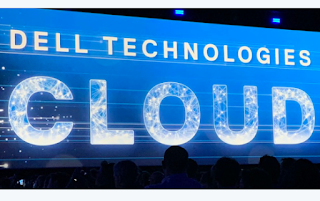Orange and Nokia are collaborating to increase the use of refurbished equipment in telecoms infrastructure in an effort to reduce carbon emissions and waste. This joint commitment initially focuses on RAN equipment but could be expanded to other areas.
The refurbished network equipment will be offered by Nokia to all Orange subsidiaries via BuyIn, the procurement alliance of Orange and Deutsche Telekom. The companies said the refurbished equipment will meet all the reliability criteria in line with European Union and ITU directives and recommendations.

On the Orange side, this agreement is part of a larger programme called OSCAR which will contribute to the achievement of the Net Zero Carbon objective in 2040 set by the group. It aims to put the circular economy at the heart of infrastructure networks by reusing existing equipment wherever possible. OSCAR sets clear targets for the reuse of components and the limited use of new materials.
Nokia has also set ambitious targets as previously announced, aiming to cut emissions across its value chain by 50 percent between 2019 and 2030 as part of its renewed science-based targets.
"We are proud to share our common vision of the circular economy with Nokia, a vision where environmental exemplarity supports sustainable value creation. This mutual understanding leads today to this first major contractual step forward for the Orange Group and its subsidiaries, with a positive environmental impact for our two groups," said Ramon Fernandez, Delegate CEO, Executive Director Finance, Performance and Development
“Committing to circularity takes us another step closer to achieving our own climate goals, as well as supporting our customers in achieving theirs. Digitalization reduces waste, reuse extends product life, and through this we are able to realize the full value of our products. This framework agreement demonstrates the importance of collaboration in resolving the big challenges society faces and we all need to act together,” commented Tommi Uitto, President of Mobile Networks at Nokia.















